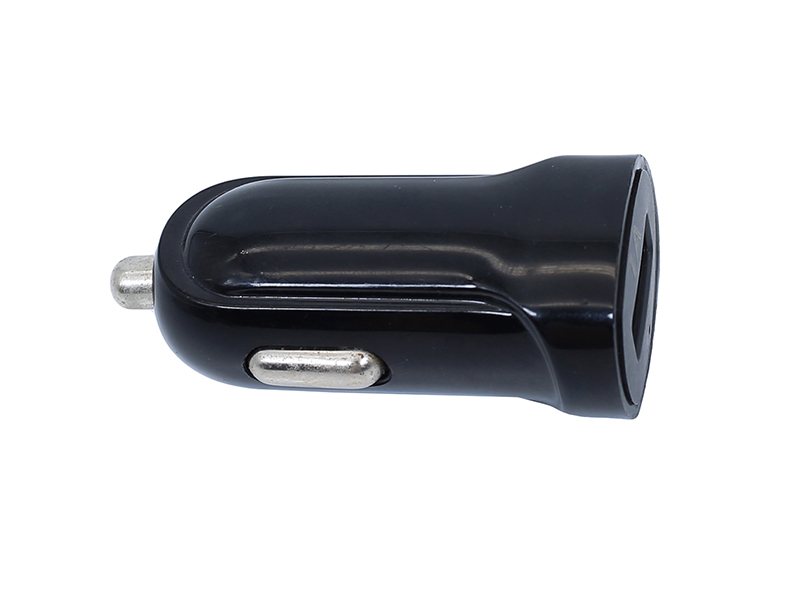
Can the battery charger charger charge 6v batteries?
Better not to charge like that.
However, if the charging current allowed by the 6V battery capacity is larger than the charger current, it can be used for charging, but be sure to grasp the charging time, and unplug the battery when it overheats. But this will also cause damage to the battery, it is recommended to buy another 6V charger.
There are many chargers, such as lead-acid battery chargers, valve-regulated sealed lead-acid battery testing and monitoring, nickel-cadmium battery chargers, nickel-metal hydride battery chargers, lithium-ion battery chargers, portable electronic equipment lithium-ion battery chargers, Lithium-ion battery protection circuit charger, electric vehicle battery charger, car charger, etc.
Battery charger: It is specially designed for charging lead-acid maintenance-free batteries or battery packs that are widely used in the market. The whole machine is small in size, light in weight and easy to move.
All chargers are actually composed of a stable power supply (mainly regulated power supply, providing stable working voltage and sufficient current) plus necessary control circuits such as constant current, voltage limiting, time limiting, and overshoot.
The output parameters marked on the original charger (referring to the line charger): such as output and output 5.9V/, refer to the relevant parameters of the internal regulated power supply. For example, the output 4.4V can be used for 4.5V devices, and the 5.9V can be used for 6V devices.
Maintenance method:
1. Waterproof and moisture-proof. As an electronic product, accidental water ingress or exposure to humid air when not in use for a long time will cause different degrees of corrosion or oxidation to its internal electronic components.
2. Anti-drop and shock-proof. The mobile phone charger is actually a fragile part, and the internal components cannot withstand being beaten. Especially to prevent accidental landing during use. Do not drop, knock or shock the charger. Rough handling of the charger will damage the internal circuit board 3, resistant to strong chemicals. Do not clean the charger with harsh chemicals, cleaning agents, or strong detergents. To remove stains on the appearance of the charger, use cotton dipped in a small amount of anhydrous alcohol to scrub.
4. Discharge static electricity when cleaning. Regularly clean the charger and charging port. When cleaning, use a damp cloth, or an antistatic cloth. Never use a dry cloth (static charge).
5. Anti-cold and heat-proof. Do not place the charger where the temperature is too high. High temperatures can shorten the life of electronics, damage chargers, and deform or melt some plastic parts. Also, do not store the charger in a place that is too cold. When the charger works in a supercooled environment, when the internal temperature rises, moisture will form in the charger and destroy the circuit board.
